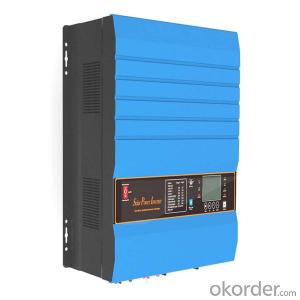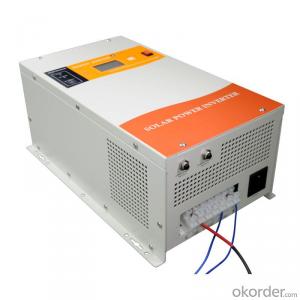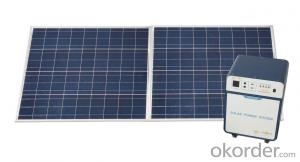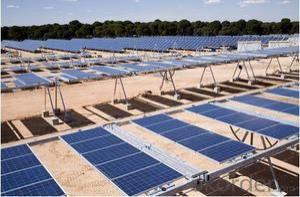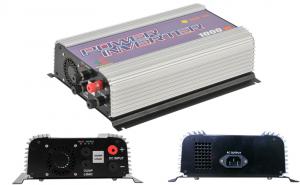10kw Solar Power Inverter
10kw Solar Power Inverter Related Searches
Best Solar Inverter For Home Power Inverter For Solar Panel Solar System Inverter For Home Home Power Inverter For Solar Best Inverter For Solar Pv Best Inverter For Solar Mini Solar Inverter For Home Micro Inverter For Solar Panel Solar System For Inverter Ac Mppt Inverter For Solar SystemHot Searches
Power One Solar Inverter Price 20kw Solar Inverter Price 10kw Solar Inverter Price Solar Inverter 10kw Price Solar Power Inverter Types Solar Power Inverter Suppliers Solar Inverter Emergency Power Solar Power Inverter Companies Power Factor Solar Inverter Solar Inverter Power Factor Solar Inverter Backup Power Tesla Solar Power Inverter Us Solar Module Manufacturers Solar Inverter Hybrid 10kw Type Of Inverter For Solar Types Of Inverter For Solar Used Solar Inverter For Sale Inverter Size For Solar System Solar Edge Inverter For Sale 5kw Solar Inverter For Sale10kw Solar Power Inverter Supplier & Manufacturer from China
Okorder.com is a professional 10kw Solar Power Inverter supplier & manufacturer, offers integrated one-stop services including real-time quoting and online cargo tracking. We are funded by CNBM Group, a Fortune 500 enterprise and the largest 10kw Solar Power Inverter firm in China.Hot Products
FAQ
- The role of a solar inverter in a solar power system is to convert the direct current (DC) electricity produced by the solar panels into alternating current (AC) electricity that can be used to power household appliances and be fed back into the electrical grid. The inverter also ensures that the power generated by the solar panels is at the correct voltage and frequency for safe and efficient use.
- To ensure optimal performance and efficiency of your solar power system, careful consideration of various factors is necessary when selecting the appropriate size solar inverter. Follow these steps to make the right choice: 1. Calculate your solar power system's total capacity: Begin by determining the combined wattage of all your solar panels. This information can typically be found in the product specifications or obtained from your solar panel manufacturer. 2. Evaluate your average energy consumption: Assess your typical energy consumption to determine the size of the solar inverter required to meet your needs. Take into account peak power usage and potential future increases in energy demands. 3. Match the inverter's capacity with your system's: Ensure that the solar inverter's capacity is equal to or slightly higher than your system's total capacity to achieve optimal performance. 4. Consider the inverter's efficiency: Seek out an inverter with high efficiency ratings. A higher efficiency rating means it can convert a larger percentage of solar energy into usable electricity, minimizing power losses. 5. Select the appropriate inverter type: Decide which type of solar inverter is suitable for your system. The three main types are string inverters, microinverters, and power optimizers. String inverters are the most common and cost-effective choice for small to medium-sized systems, while microinverters and power optimizers are better suited for complex installations or systems with shading issues. 6. Assess additional features: Take into account any additional features offered by the solar inverter. Look for features like monitoring capabilities, grid integration capabilities, and built-in safety features such as arc fault protection or rapid shutdown. 7. Seek professional advice: If you are uncertain about selecting the right size solar inverter for your specific solar power system, consulting a professional solar installer or electrical engineer is advisable. They can help assess your energy needs, system requirements, and provide expert guidance in choosing the appropriate inverter size. Remember, making an informed decision when choosing the right size solar inverter is crucial for your system's overall performance and efficiency. Take the time to evaluate your system's requirements and seek expert advice to ensure the best outcome.
- A solar inverter handles electromagnetic interference by utilizing filters and shielding techniques to minimize the impact of external electromagnetic disturbances. These measures help ensure that the inverter operates efficiently and reliably, without any significant disruption caused by electromagnetic interference.
- Yes, solar inverters do have maintenance requirements. Regular cleaning of the solar inverter and its components is necessary to remove dust and debris. Additionally, checking for loose connections, inspecting for any physical damage, and ensuring proper ventilation are important maintenance tasks. It is also recommended to monitor the inverter's performance regularly and promptly address any issues or errors that may arise.
- Yes, a solar inverter can be used with a generator. In fact, using a solar inverter in conjunction with a generator can provide a more reliable and efficient power supply. The solar inverter can convert the DC power generated by the solar panels into AC power, which can then be used to power various appliances and devices. When the solar panels are not producing enough electricity, the generator can kick in to provide additional power, ensuring a continuous and stable energy supply.
- Yes, a solar inverter can be used in countries with different electrical standards. However, it may require certain modifications or adjustments to ensure compatibility with the local electrical infrastructure. Additionally, the input voltage and frequency of the solar inverter may need to be adjusted accordingly. It is important to consult with local experts or electricians to ensure proper installation and compliance with the electrical standards of the country.
- Three-phase photovoltaic inverter grid, the use of phase-locked loop is what?
- Grid-connected inverter can be operated locally through the LCD screen, or through remote monitoring with dedicated monitoring software.
- To choose the right size of solar inverter for a solar power system, you need to consider the total capacity of your solar panels and the maximum power output they can generate. The solar inverter's capacity should be equal to or slightly higher than the maximum power output of your solar panels to ensure optimal performance and efficiency. Additionally, you should also consider any future expansion plans for your solar power system to account for potential increases in capacity. It is recommended to consult with a professional solar installer or engineer to accurately determine the appropriate size of the solar inverter for your specific requirements.









